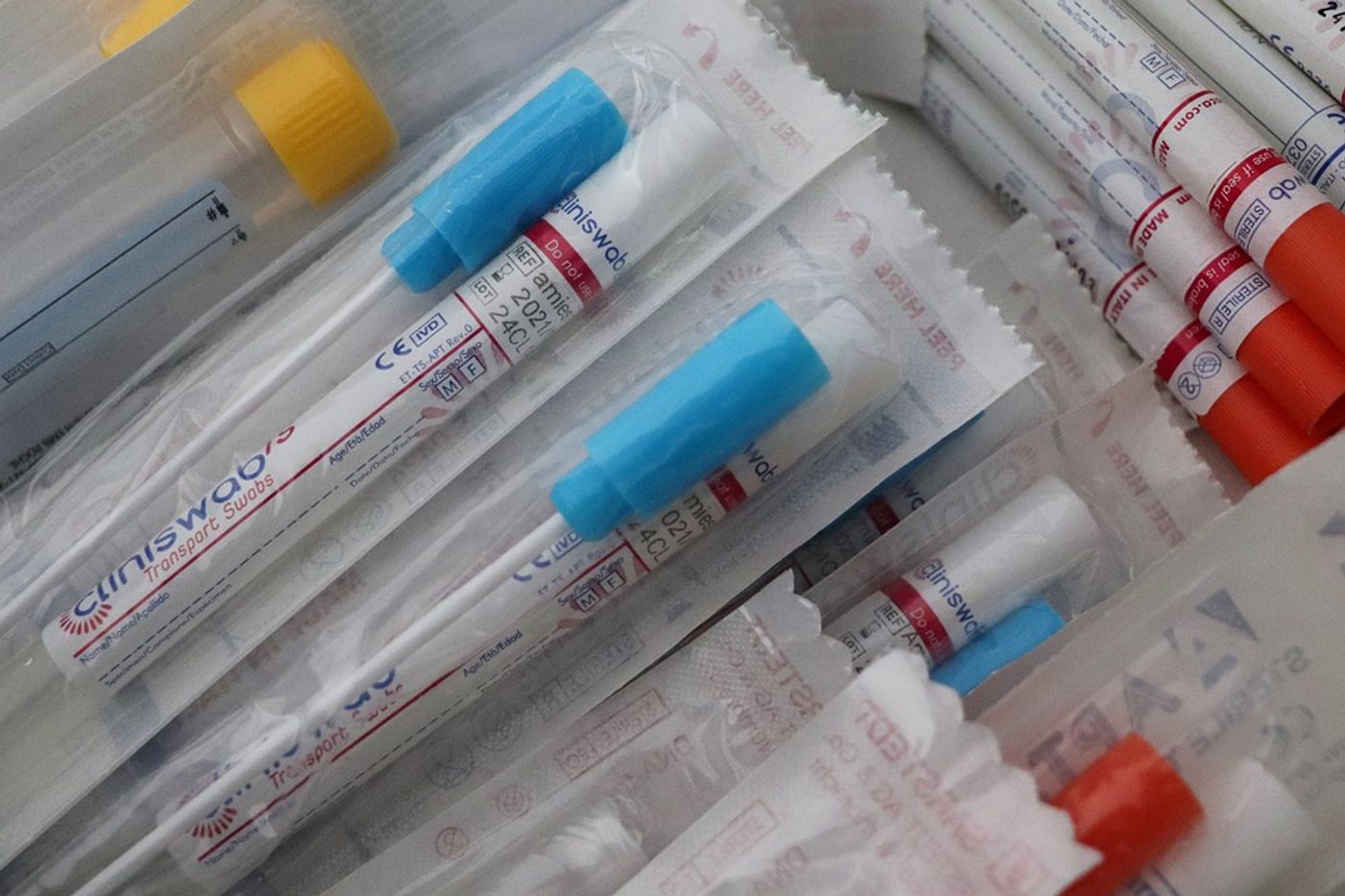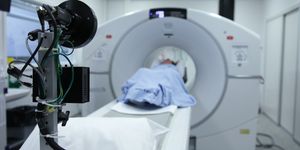What about a COVID-19 breathalyzer test?
New research from a collaboration of researchers share the development of a prototype breathalyzer for detecting COVID-19. Such a device could offer a non-invasive alternative to nasopharyngeal swabs (the current testing method) for diagnosing SARS-CoV-2. The research is published in the American Cancer Society’s journal Nano.
Current testing methods for COVID-19 leave much to be desired. Aside from its invasive nature, the most accurate testing method available as of now requires reverse-transcription polymerase chain reaction (RT-PCR), a procedure that takes too much time and human-power to conduct in our current state of crisis. That’s why it can take multiple takes (or longer!) to get your test results back, during which time you have potentially already transmitted the virus to others.
The prototype breathalyzer doesn’t rely on RT-PCR. Instead, it detects volatile organic compounds (VOCs) from the virus that can be exhaled in the breath. The device is made of an array of gold nanoparticles connected to molecules that are sensitive to VOCs, meaning that when VOCs come in contact with the molecules on a nanoparticle, the electrical resistance changes.
Researchers Hossam Haick, Hu Liu, and Yueyin Pan then trained the device using machine learning in order to make it detect the VOCs emitted by the coronavirus. To do so, they used electrical resistance signal data obtained from the breath of 49 confirmed COVID-19 patients, 58 healthy controls, and 33 non-COVID lung infection patients in Wuhan, China.
Following this training, the researchers showed that the device tested 76% accuracy in distinguishing COVID-19 cases from controls. It also showed a 95% accuracy in discerning between COVID-19 cases from lung infections and 88% accuracy between sick and recovered COVID-19 patients. Given the accuracy rates of some of our current testing methods, those numbers look pretty good!
The researchers say that they will need to validate the prototype on a larger population of participants but that the device could be helpful in the meantime for screening large populations to determine which individuals need further testing.
“That would lead to a reduction in the number of unneeded confirmatory tests and lower the burden on the hospitals while allowing individuals a screening solution that can be performed in PoC facilities,” they write. “The proposed method can be considered as a platform that could be applied for any other disease infection with proper modifications to the artificial intelligence and would, therefore, be available to serve as a diagnostic tool in case of a new disease outbreak.”
Sources: Nano, Eureka Alert









